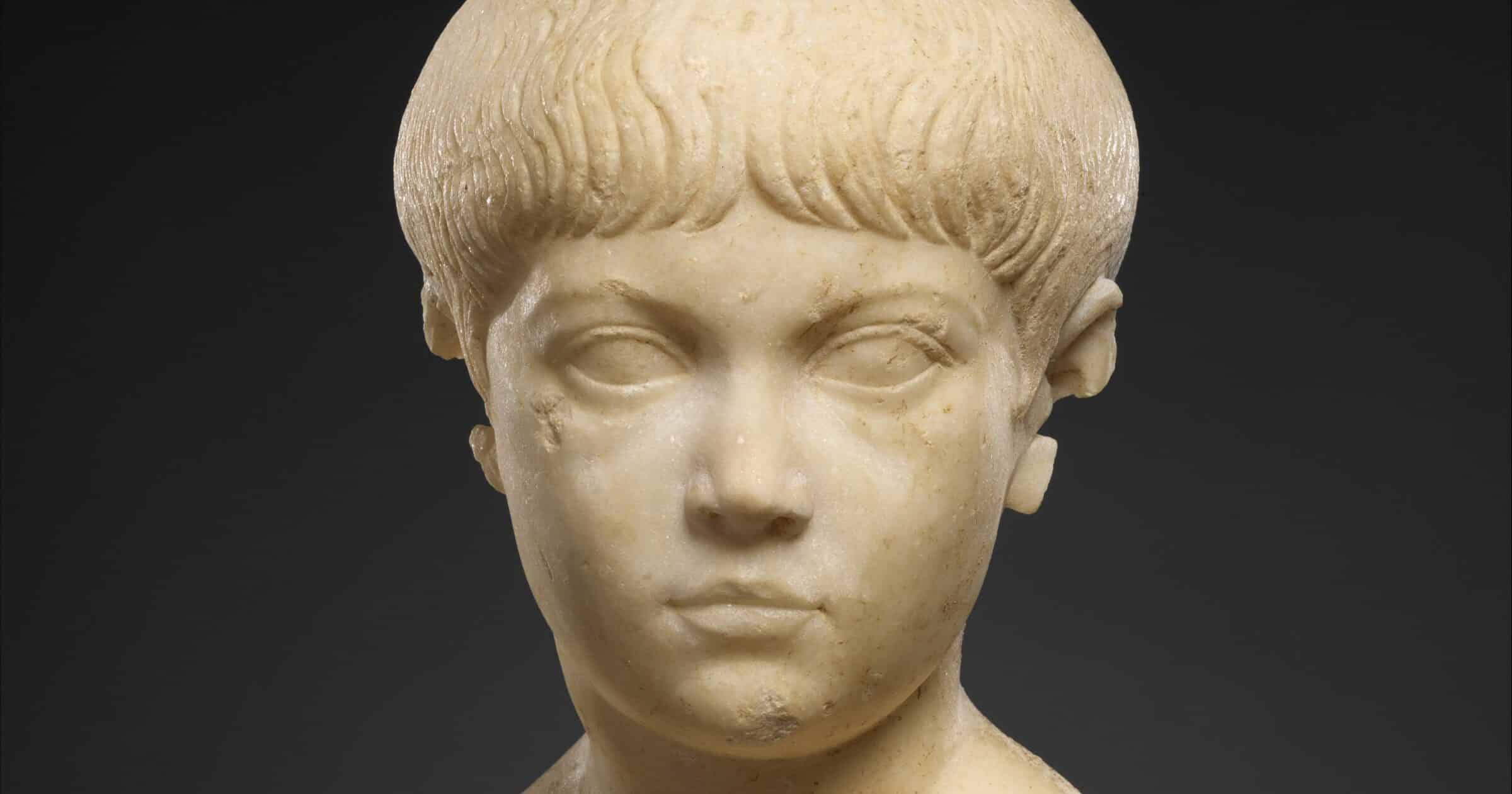 Culture & Ethics
Culture & Ethics
 Faith & Science
Faith & Science
Image of God: Are Children Persons?

Editor’s note: Nancy Pearcey is one of several Discovery Institute Fellows featured in the Museum of the Bible’s yearlong exhibit on “Scripture and Science: Our Universe, Ourselves, Our Place” in Washington, DC. Pearcey was asked to address the topic of the image of God and how it answers the questions, “What makes me human?” and “What we can accomplish?” You can watch an edited version of her comments on the Museum of the Bible’s Vimeo channel. Since the exhibit could feature only short segments of Pearcey’s recorded comments, Evolution News invited her to offer her full comments in a series here for our readers. This is Part 7 in the series. Look here for Part 1, Part 2, Part 3, Part 4, Part 5, and Part 6. Pearcey is a professor and scholar in residence at Houston Christian University. Her comments are adapted from her books The Soul of Science, Love Thy Body, and The Toxic War on Masculinity.
Historically, Christianity has raised the status of children. Today we take it for granted that children are special beings who require special care and attention. But it was not always so.
The early church was born into a Greco-Roman culture where children had little value. They were regarded as nonpersons. It was considered normal to beat them. Fathers even had the legal right to kill their children for any reason.
Abortion was widespread. So was infanticide. Unwanted children were abandoned, left outside to die of exposure or to be devoured by wild animals. In fact, leading thinkers of the ancient world — Plato, Aristotle, and Cicero — recommended infanticide as legitimate state policy. Female infants were killed so often that it was rare for a Roman family to raise more than one daughter.
The practice of infanticide was so widespread that in the second century a pagan writer marveled that one of the oddest things about Christians was that “they do not destroy their offspring.”
The Rise of Orphanages
Child sex trafficking was also common. Brothels specializing in sex slaves were legal and thriving businesses — and most of them included children. Abandoned babies were often rescued and then forced into sexual slavery.
But Christians argued that children have great value because they reflect the image of God. And as Christians gradually gained political influence in the Roman empire, they succeeded in getting laws passed outlawing infanticide (in AD 374).
They also passed laws granting government aid to poor families who did not have the means to raise their children, so they would not be tempted to abandon or expose them. Yet the custom of exposure was finally ended only when the clergy finally persuaded parents to give up their babies at the door of the church instead — which gave rise to the first orphanages.
In all these ways, Christianity invented a new mindset that regarded children as persons made in God’s image, to be valued, cherished, and cared for.
Next, “Science, Scripture, and the Image of God.”
